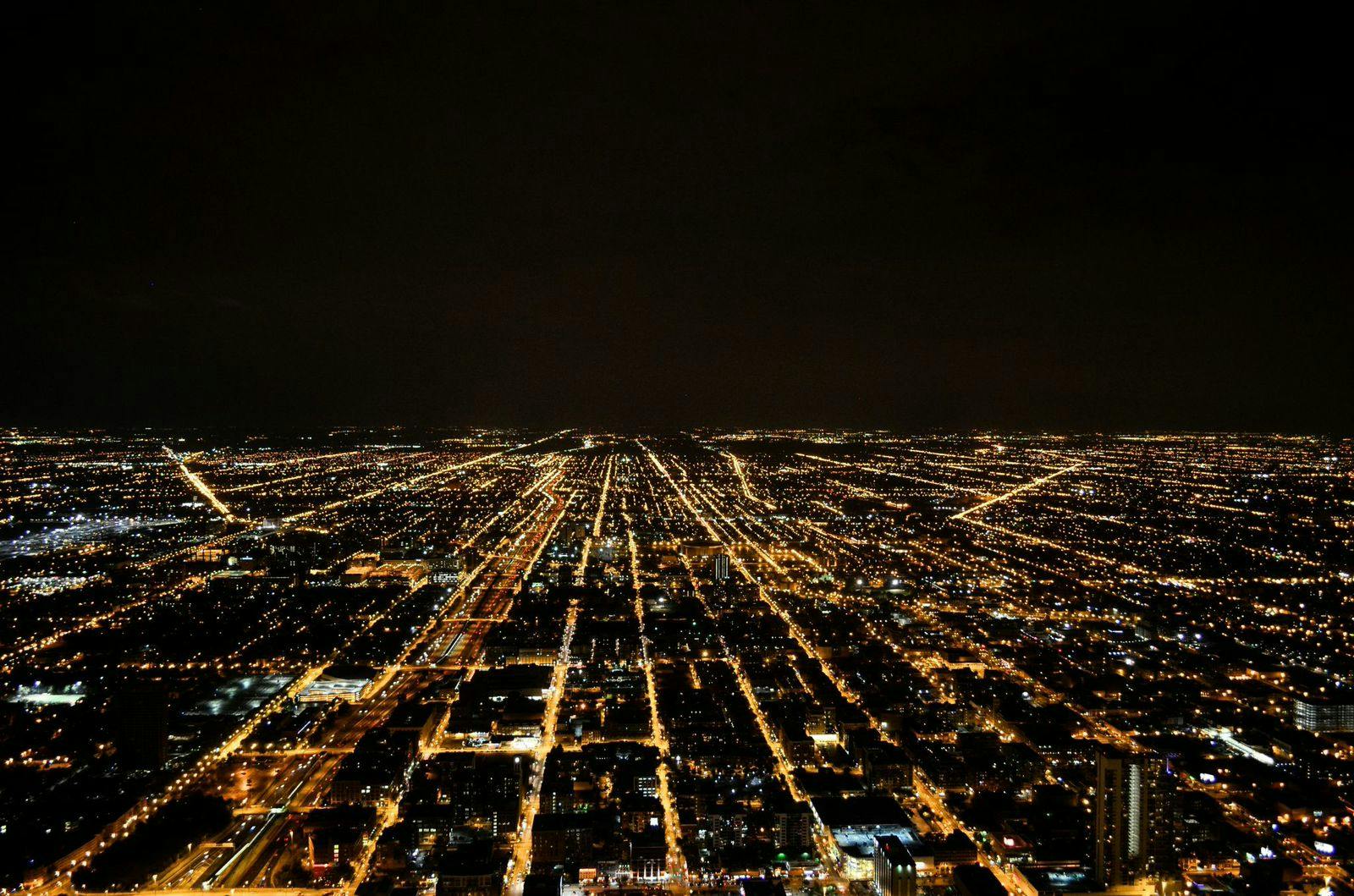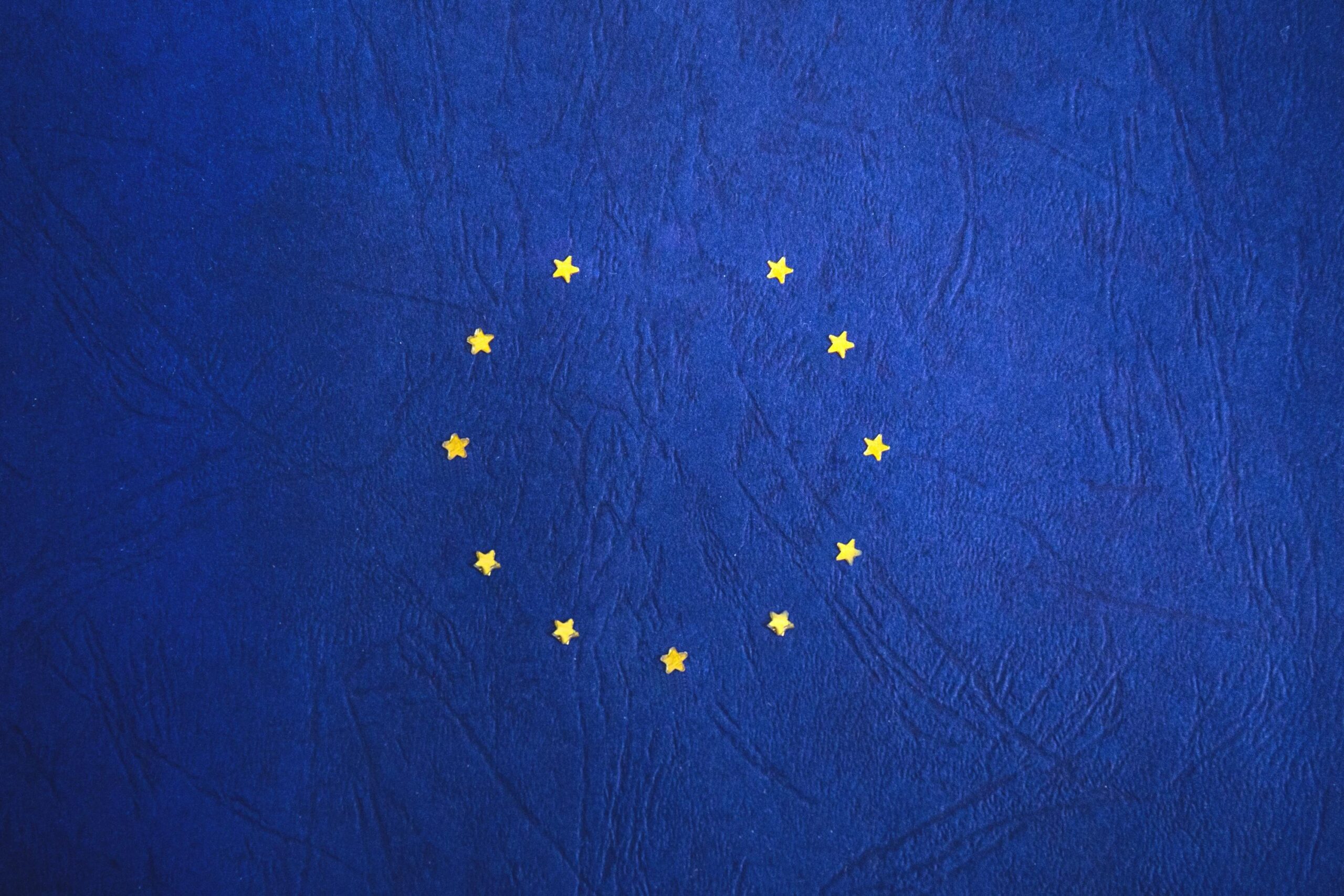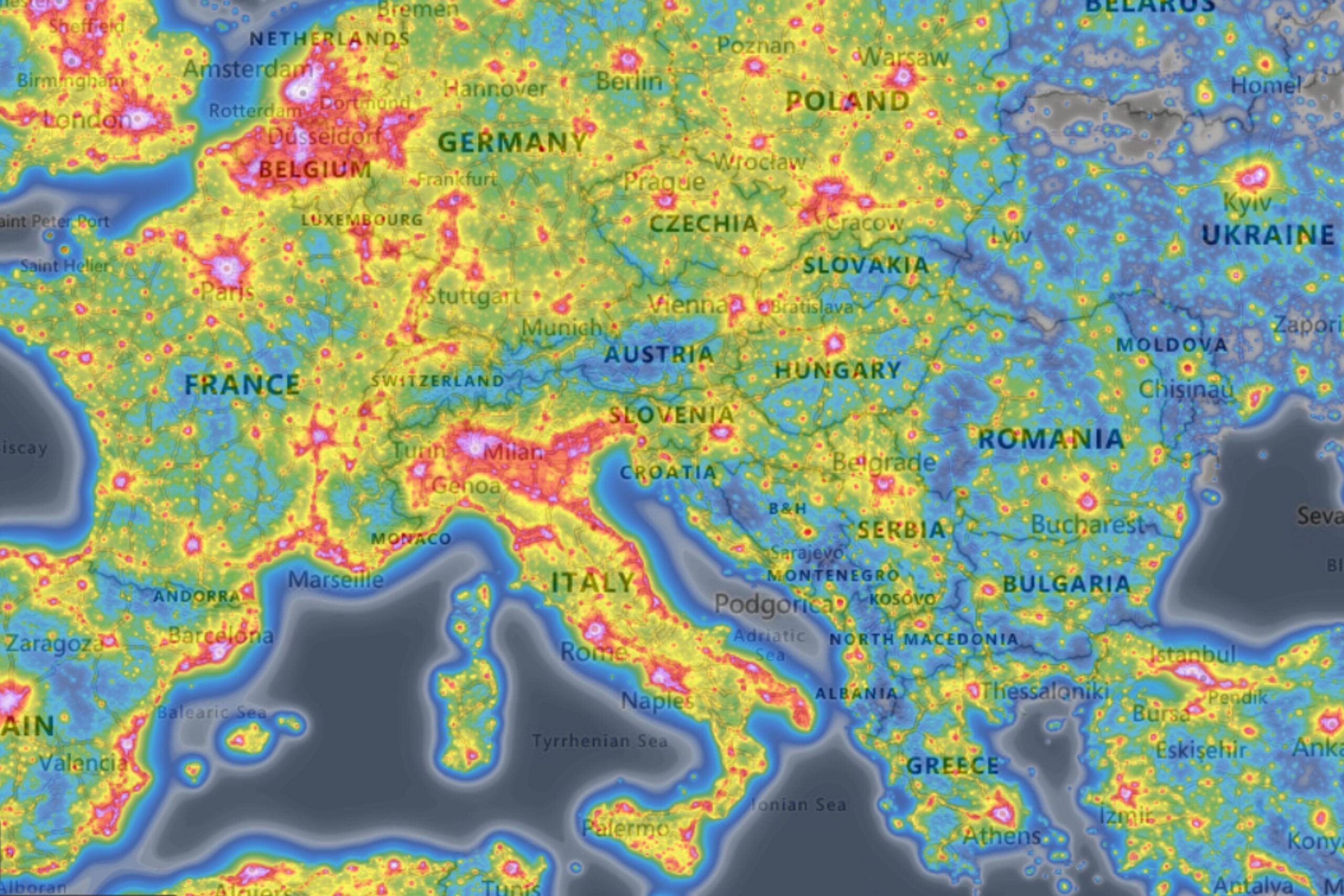
What does light pollution mean?
Light pollution refers to the excessive, misdirected, or poorly controlled artificial light that interferes with the natural darkness of the night sky. There are many sources of light pollution, as many are its impacts on the environment, on human health and our ability to see the stars and other celestial objects.

Impacts
Light pollution disrupts the natural rhythms of many species, affecting in particular the behaviour of nocturnal animals and plants. These disturbances can lead to ecosystem imbalance, biodiversity loss, and a decline in the essential services that ecosystems provide to humans.

Policies
To date, across Europe, existing policies for the regulation of light pollution are extremely fragmented. This policy fragmentation highlights the need for a unified approach to protect against the negative consequences of Artificial Light At Night (ALAN).
This repository is managed by INAF as part of the Interreg Central Europe project DARKERSKY4CE, co-funded by the European Union. The views and opinions expressed herein are those of the authors and do not necessarily reflect those of the European Commission. Whilst INAF takes every precaution to ensure that the content is accurate, INAF cannot guarantee that all information or data on the website is correct. Therefore, INAF accepts no responsibility or liability whatsoever with regard to the information or data on the website or for any use which may be made of it.

